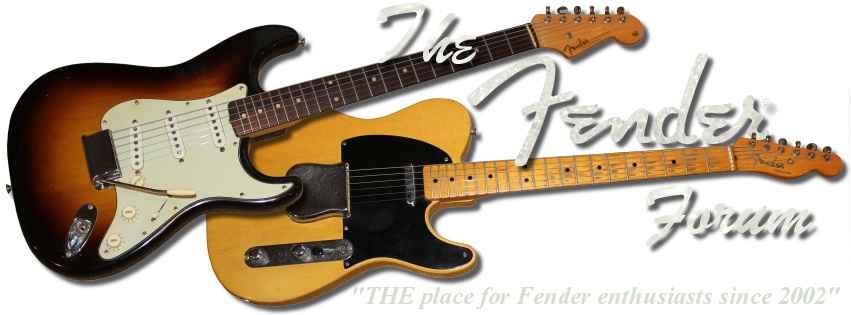I'm trying ot figure out what the terms phasing & series & parallel means. I guess humbuckers are wired in series.
How are strat pickups wired. If you blend the neck & bridge, are they in series, because they're reverse of the middle? Or is that a totally different issue?
I'm asking because I'm wondering if you could wire strat pickups in series to get a bigger sound from them, similar to a humbucker, rather than a weak quacking.



 Reply With Quote
Reply With Quote
